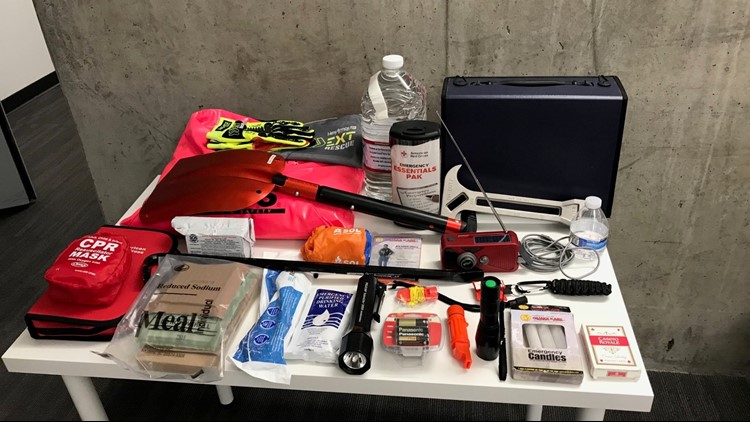Disaster can strike at any moment. Having a communications plan in place could help you reunite with loved ones quickly. And having access to an emergency kit could mean the difference between life or death.
Coming up with a plan and sharing it with loved ones could help keep everyone safer during stressful situations.
Create an emergency communications plan to keep everyone on the same page. If you create a plan, consider these things:
- Determine out-of-area contacts and local contacts: An out-of-area contact can often reach your local contacts even when the local phone lines are jammed. In the event of an emergency, you should text your out-of-area contact, who can then contact everyone on your list. It's best to have primary and secondary contacts. And just know that texts will likely be able to get through better than an actual telephone call.
- Add additional information to your communications plan: If you are injured or someone finds you unconscious, it is a good idea to have some medical information added to your plan. Are you allergic to certain medications? Who is your doctor? What other notes can you add about your emergency contacts - are they landline users? Where do they live?
Write down what you're comfortable with, knowing it could help someone carry out your communications plan if you are unable.
- Set up an interval time to connect: You will want to set up an initial interval time to check in with your contacts. A good start is every two hours after a major emergency. You could graduate to every six hours and then to once a day.
"Having that regular interval will make sure that communication continues," said Monty Burich, volunteer of the American Red Cross Northwest Region. "If that communication doesn't meet the certain interval, that could raise the antenna with your family that something may have happened."
- Decide on two meeting places and figure out how you'll get there: If you are at work when a major earthquake hits, how will you get home if the bridges are out? Who will pick up the kids? The American Red Cross suggests finding a meeting place right outside your home in case of a sudden emergency, like a fire. Another idea is to determine a meeting place outside your neighborhood in case you cannot return home or are asked to evacuate. Also, keeping a physical map in your car along with your communications plan could help keep everyone in the know.
After you come up with your plan, it's time to put together a communications kit for your vehicles.
How to build a communications kit for your cars: Print out your emergency communications plan and keep it in your car. You can also add information about your doctor or insurance if it's not already on your plan.
(Optional)



